■ Introduction
In July 2025, the prestigious journal Science officially retracted a paper it had published in 2010, claiming the discovery of a bacterium that could substitute arsenic for phosphorus in its DNA. Known as the “arsenic life” paper, the study once stunned the world with its implications for biology and astrobiology. The retraction, coming 15 years later, has reignited discussions about scientific responsibility, peer review, and the evolving standards of research integrity.
■ What Was Claimed?
The original paper suggested that the bacterium GFAJ-1, isolated from the highly alkaline Mono Lake in California, could survive by incorporating arsenate into its DNA and other biomolecules in place of phosphate. This bold claim challenged the long-held notion that phosphorus is indispensable for life, and even hinted at the possibility of alternative biochemistries beyond Earth.
■ The Immediate Backlash
Within days of publication, researchers around the world voiced skepticism. Critics pointed to flaws in the methodology, contamination concerns, and the lack of direct chemical evidence for arsenate incorporation. In 2011–2012, follow-up studies—most notably by Redfield et al. and Vorholt’s lab—failed to reproduce the results. These studies demonstrated that while GFAJ-1 is indeed extremely arsenate-resistant, it remains fully phosphate-dependent. The key assertion—that arsenate replaced phosphate in DNA—was simply unsupported
■ Why Was Retraction Delayed?
Despite the controversy and the strong rebuttal evidence, Science did not retract the paper for years, citing the absence of scientific misconduct. However, changes to COPE (Committee on Publication Ethics) guidelines in recent years widened the definition of retractable content to include studies that draw unsupported conclusions. This paved the way for the 2025 retraction.
■ The Authors’ Response
Lead author Felisa Wolfe-Simon and colleagues objected to the retraction, maintaining that their work had value as a hypothesis-generating study. They emphasized the unprecedented arsenate tolerance of GFAJ-1 and criticized the scientific community’s tone in dismissing their research.
■ Media Sensationalism and Its Fallout
The paper’s release via a high-profile NASA press conference fueled public excitement but also inflated expectations. Many scientists later criticized the media strategy, suggesting it bypassed traditional scientific scrutiny and promoted sensational claims without adequate vetting.
■ Lessons for the Scientific Community
The retraction highlights several critical lessons:
- Extraordinary claims require extraordinary evidence—and thorough validation.
- Retractions are not punishments but essential tools for scientific self-correction.
- Media engagement must be balanced with scientific rigor.
- Publication and peer review systems must be robust against both hype and bias.
■ Broader Implications
This case reflects the dual nature of science: its capacity to self-correct over time, and its vulnerability to media distortion and reputational harm. As science becomes more entangled with public discourse and policy, the responsibility on researchers, reviewers, and editors to uphold transparency and humility has never been greater.
■ Conclusion
The “arsenic life” saga serves as a cautionary tale and a reaffirmation of science’s guiding principles: openness, replicability, and integrity. It reminds us that progress is not defined by infallibility, but by the willingness to revisit, revise, and, when necessary, retract. In this, science remains a dynamic and self-refining pursuit.
This article was produced by the Morningglorysciences editorial team.
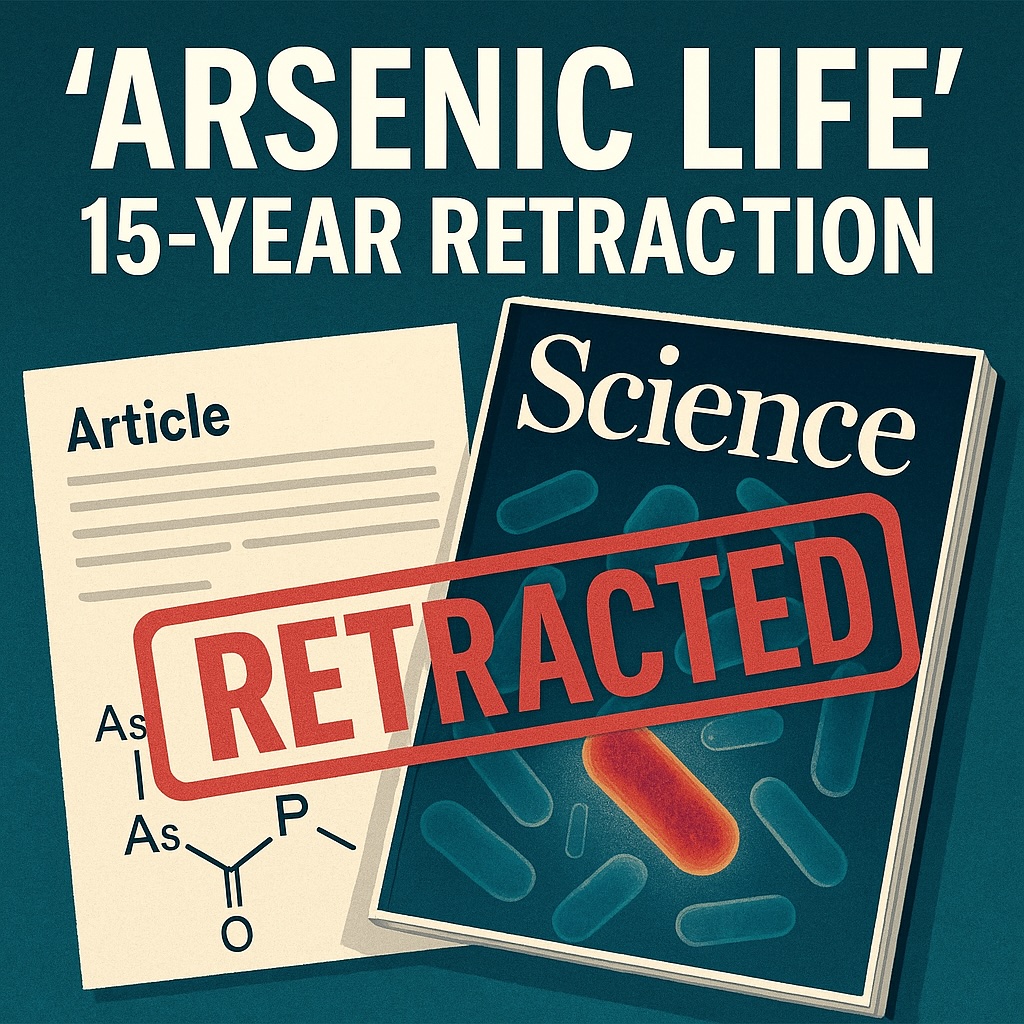
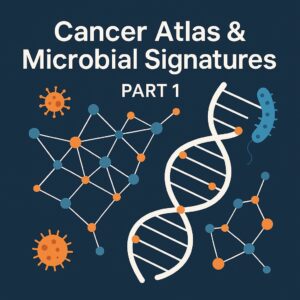
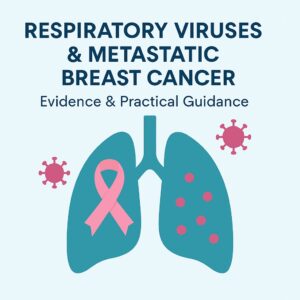
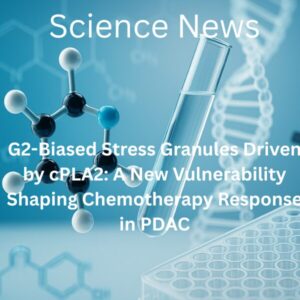
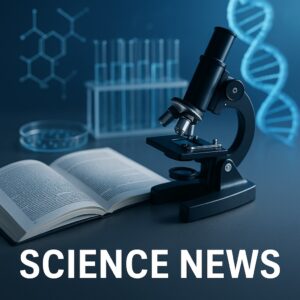

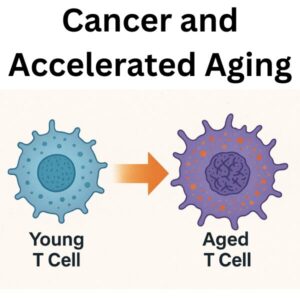
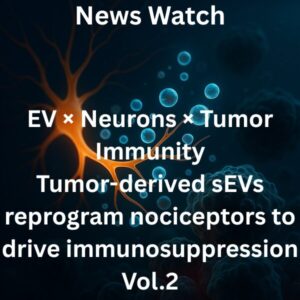
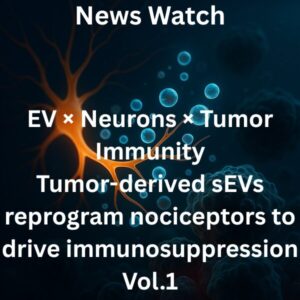
Comments